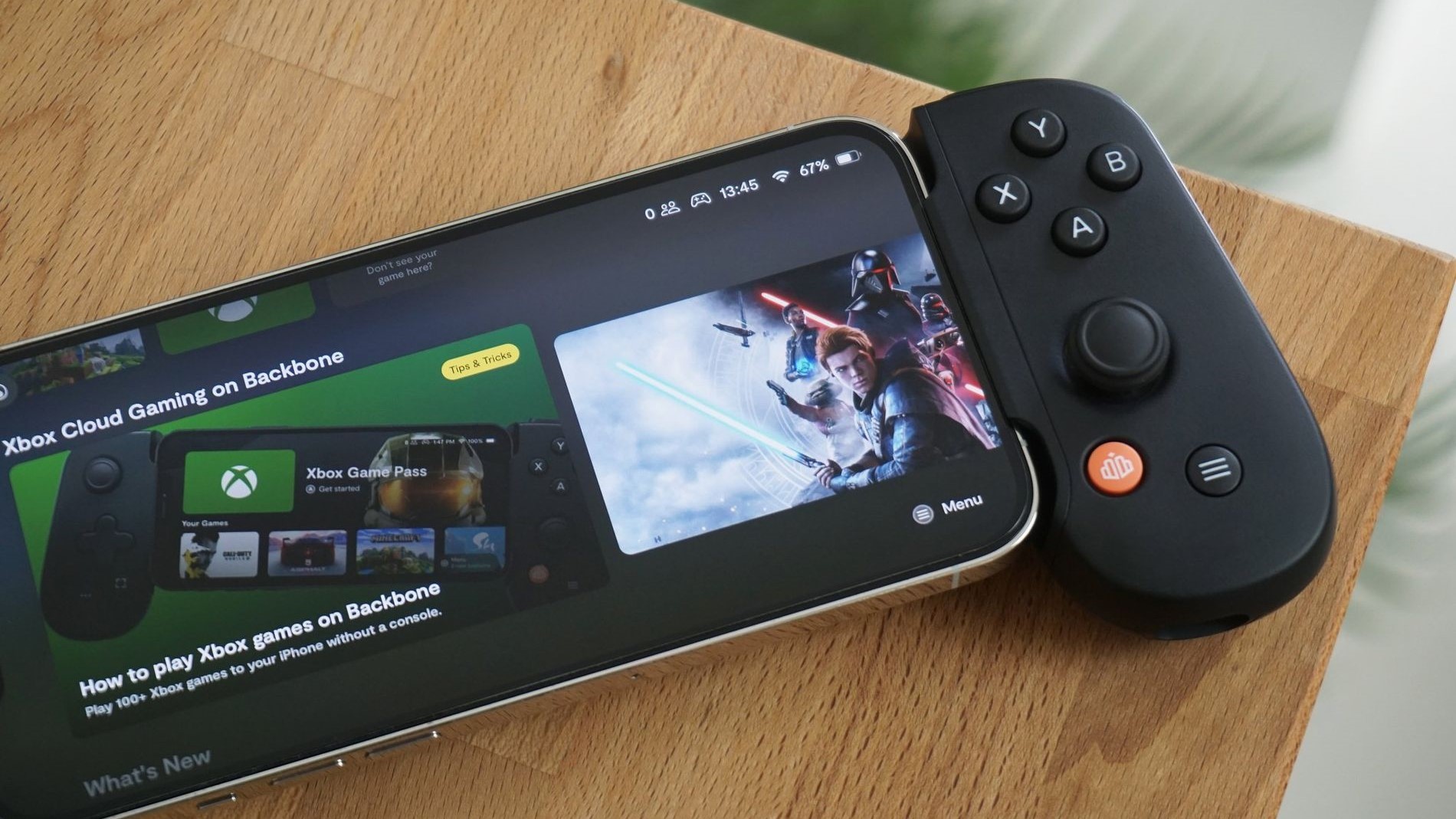Microsoft focusing on increasing Windows Phone volume with GDR2; features coming later
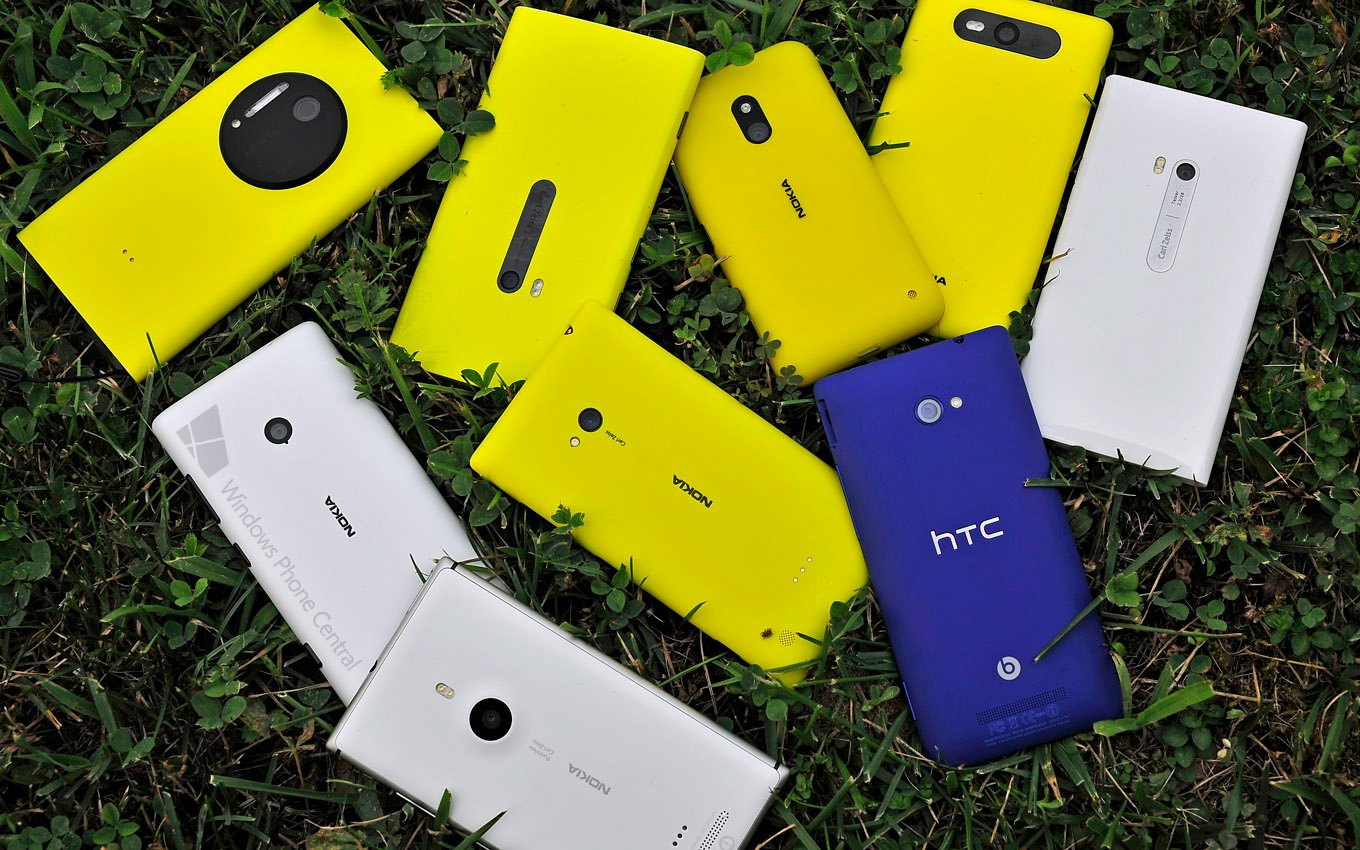
One area where it’s always difficult to please your audience is in regards to technology. Between hardware and software advancements you have a public who not only yearns but demands frequent updates for their devices. Some of it is rational and some of it resembles the tantrums of children. But somewhere in between, there is the truth.
Microsoft is in a precarious situation with Windows Phone as they have a lot of so-called 'chicken versus egg' problems to solve. For instance, they need more mainstream apps. But in order to get more apps, they have to have enough devices in user’s hands to convince developers to get on board with Windows Phone. But how can you convince people to buy your phone if you don’t have the apps (either real or perceived)?
With Windows Phone 8 build 10327 (GDR2), Microsoft is pushing out their second minor update for their new operating system this year (the first was GDR1 aka Portico). The concern for a lot of current users is GDR2 doesn’t really bring much to the table in terms of new features. Sure FM radio and an improved Xbox Music library are nice to have, but it’s far from the dozens of features people are demanding on Microsoft’s UserVoice forum.
The GDR2/GDR3 gambit—grow device availability
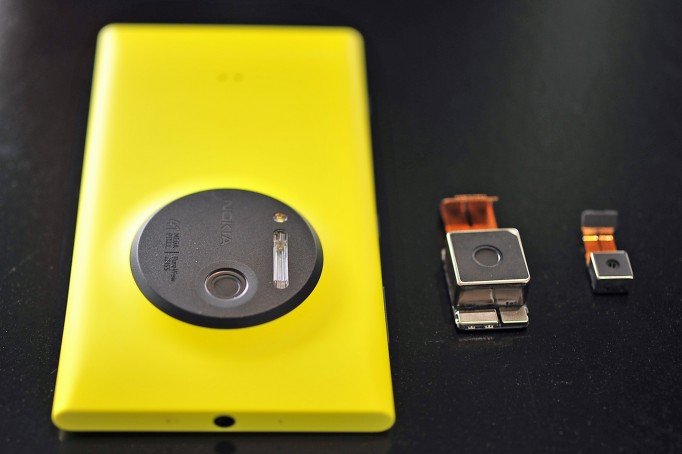
Part of the problem is also a misunderstanding of Microsoft’s strategy: GDR2 is less about new features and more about enabling new hardware. Same thing with the GDR3 release, expected around October, empowering next generation Qualcomm chipsets and 1080P displays.
More specifically, devices like the Nokia Lumia 1020 are built around GDR2. Sure, current Windows Phones will benefit from GDR2 but the Lumia 1020 needs it. Things like “dual capture” were not possible before within the OS, but Nokia wanted it badly in order to bring their 41MP vision to Windows Phone. As a result, Microsoft had to devote development resources to make that happen. In fact, a lot of the camera ability is a result of the Microsoft-Nokia partnership e.g. setting the default camera app.
This is one reason why Nokia is happy with the Microsoft deal, because they can focus on building great hardware while Microsoft worries about the OS.
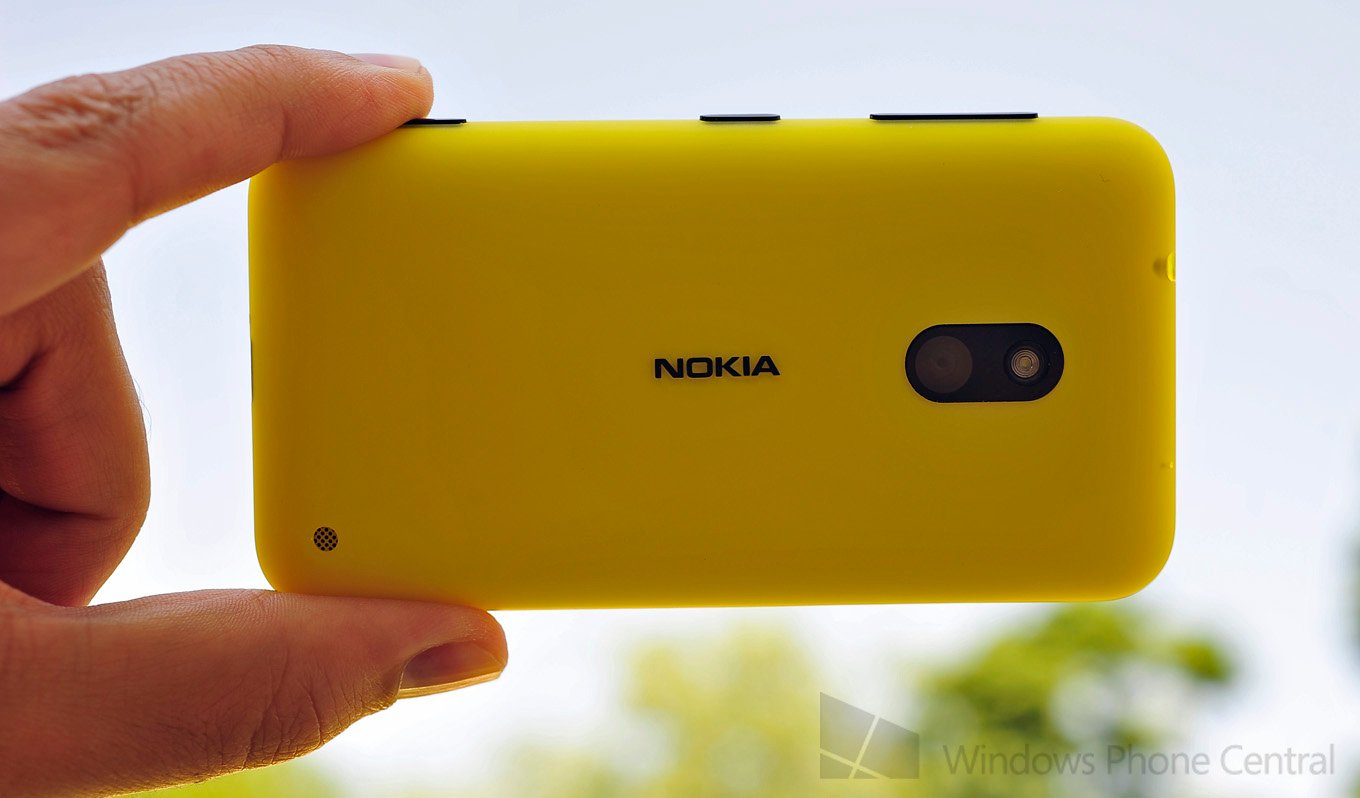
That’s not to say everything is great between the two companies, as recent comments by Nokia vice president Bryan Biniak to the International Business Times suggest. Biniak publicly criticized Microsoft for dragging its feet on getting big name apps to Windows Phone. While Redmond seems content on getting apps on a schedule, Nokia is more about the right now. As Biniak states:
All the latest news, reviews, and guides for Windows and Xbox diehards.
“To give you a reason to switch, I need to make sure the apps that you care about on your device are not only on our phones, but are better. I also need to provide you unique experiences that you can't get on your other devices."“We are trying to evolve the cultural thinking [at Microsoft] to say 'time is of the essence.' Waiting until the end of your fiscal year when you need to close your targets, doesn't do us any good when I have phones to sell today."
Nokia gets it, but evidently Microsoft is still adapting. Still, as a whole, the two companies are working together and shaping the ecosystem based around what Nokia and the other OEMs want. Think LTE, think low-cost devices. Windows Phone was shockingly not going to get LTE support until Windows Phone 8 and Nokia is clearly eating up the entry-level handset market with the Lumia 520, Lumia 620 and Lumia 625. Both of those changes in strategy are partner-influence in action.
More boats for more passengers
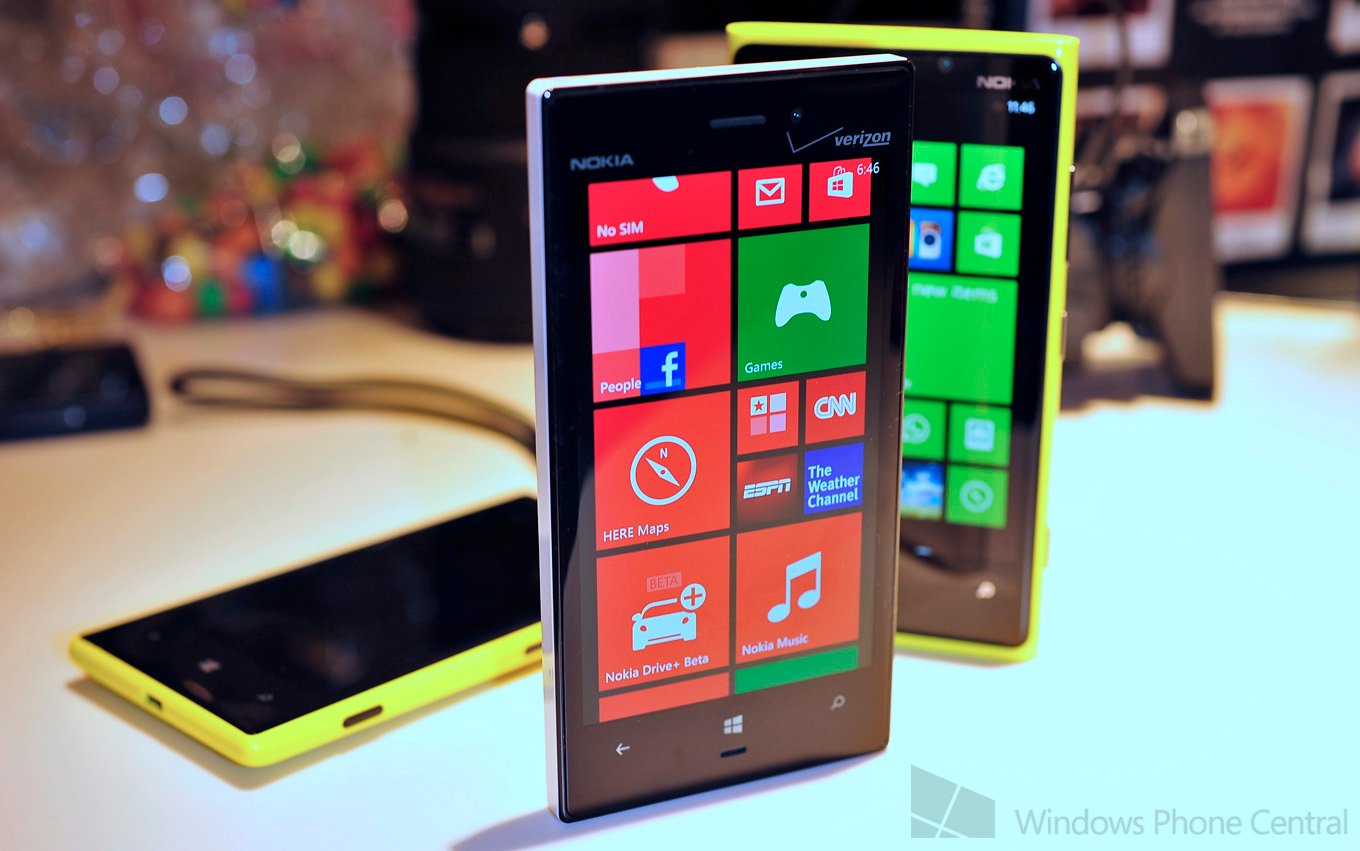
It should now be clear that Microsoft’s strategy in 2013 is about enabling more hardware options for their OEMs partners. More chipsets, more display options, deeper level access to the OS plumbing, etc. The idea is to flood the market with many levels of devices, from mid-range to high end “wow” gadgets like the Lumia 1020 to what actually sells en masse, the Lumia 520.
Is the strategy working? At least one analyst thinks so. Dominic Sunnebo, over at Kantar Worldpanel ComTech notes in today’s market report:
“While flagship Windows handsets such as the Nokia 925 and HTC 8X grab the headlines, it is the low and mid-range models, such as the Nokia Lumia 520 and 620, which are quietly driving its momentum. It is vital for Windows to be seen as a mainstream alternative to Android and iOS rather than a niche platform. Selling large volumes of lower end smartphones is a good way of getting Windows seen in the hands of potential customers’ friends and family, convincing them there isn’t a risk in choosing the operating system. The majority of people are trend followers, not trend setters, so Windows needs to get as many smartphones to market as quickly as possible.”
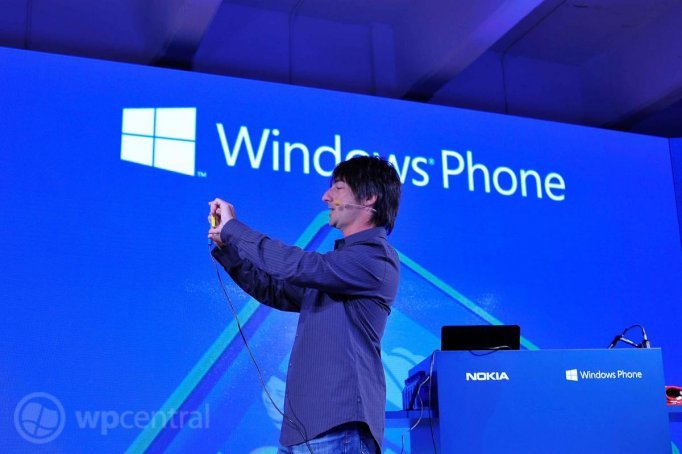
Microsoft’s corporate vice president and manager for Windows Phone Program, Joe Belfiore, admitted as much when responding to a recent complaint on Twitter about the company not moving fast enough with OS updates:
“Different people want lots of different things. Most of you want apps like Instagram…for that we need to increase volume.”
Ding ding. While it has always been speculated the reason Instagram won’t release an app is due to low Windows Phone market share, it now appears to be confirmed. Microsoft needs to get more phones in more people’s hands if they want those apps.
That’s why Microsoft is devoting so much to GDR2 and GDR3, seemingly paying more attention to their OEM partners than current customer demands (we say “seemingly” because we know Microsoft does care, but priorities, folks).
The tradeoff
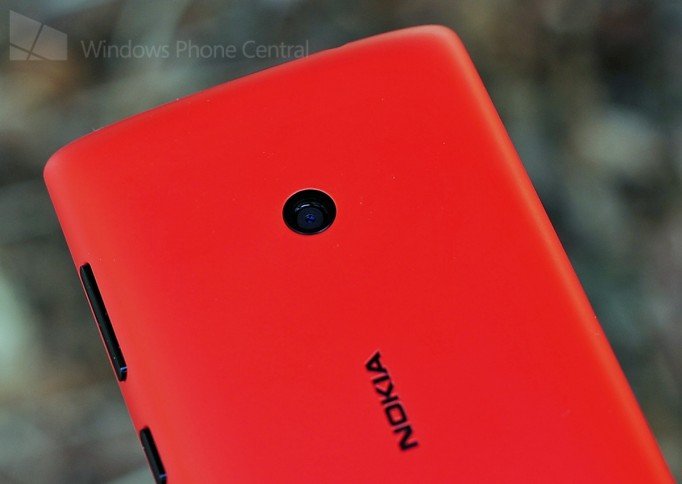
And that’s just it: In order for Microsoft to focus on enabling new hardware and radical innovations like the Lumia 1020, they had to take their resources away from straight up “feature updates” akin to what Windows Phone 7.5 Mango did earlier, packing 500 new functions or improvements.
Mind you, we’re not trying to justify their strategy, but merely explain it as we see it for a better understanding.
Windows Phone 8.1 Blue appears to be the big overhaul of the OS, where new features and functionality to bring it closer to Windows 8.1 desktop will become evident. Things like syncing of Accent color across devices, more location services, actionable notifications for developers, notification center and more are all being considered for that update due in early 2014.
So what's better: Have Blue's features on fewer handsets earlier or Windows Phone Blue on more devices, but later? That's an interesting question.
But why not do both, you say? We’re not privy to how Microsoft operates, their budget nor how their strategy meetings progress, but it seems to us from observers on the outside that like most organizations, they have limits on resources preventing them from doing everything at once.
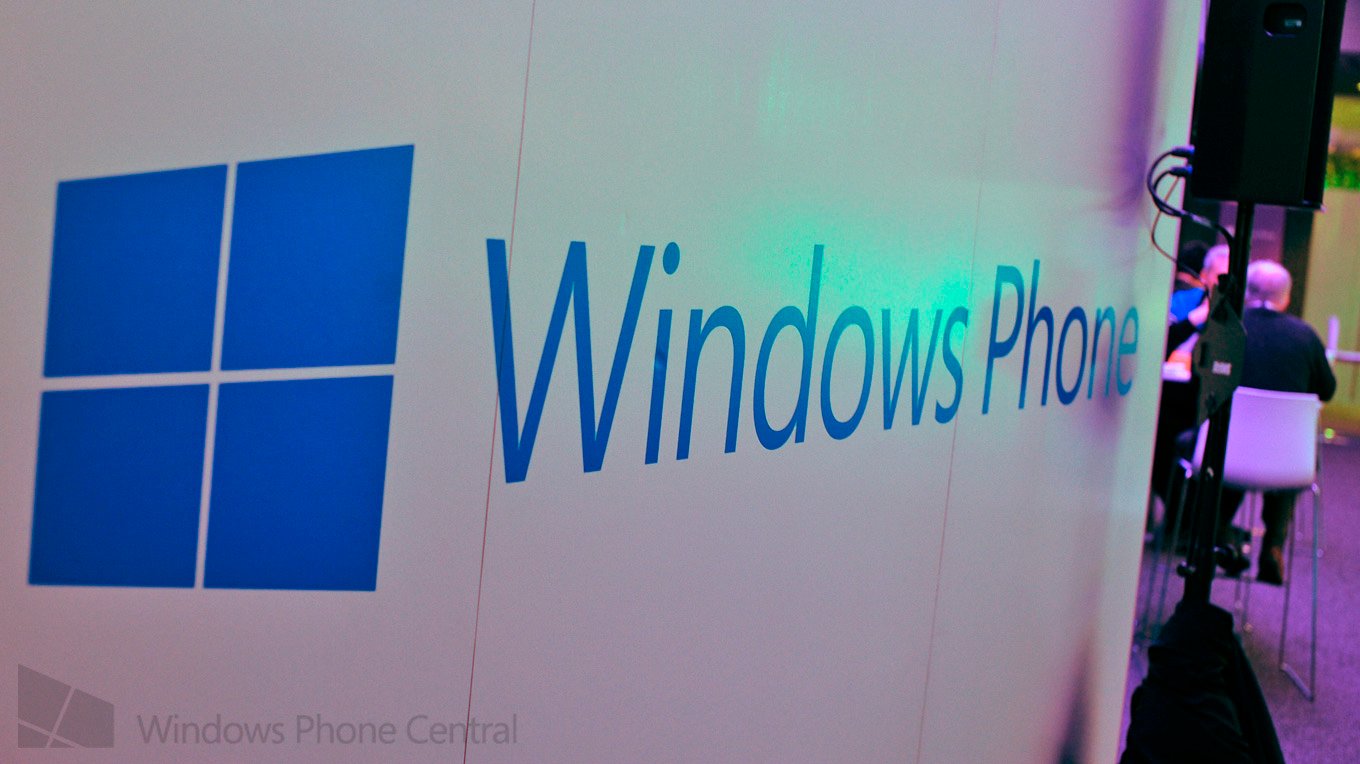
Clearly some market research firms, like Kantar, see the benefit of going for entry-level devices before Apple gets in there (see our earlier editorial “Nokia well positioned for approaching smartphone price wars as costs plummet”). Others though will disagree, noting that Microsoft should beef up the OS and that will sell devices.
Microsoft does have a lot of problems to solve with Windows Phone. The user base is rightly getting frustrated with the lack of frequent feature-packed OS updates, the delays from carriers approving those updates and the seemingly far off Windows Phone 8.1 Blue update. It also gives a lot of ammo to critics and detractors. Will Microsoft prevail? We hope so, but some recent market share numbers suggest they still have a long way to go.

Daniel Rubino is the Editor-in-chief of Windows Central. He is also the head reviewer, podcast co-host, and analyst. He has been covering Microsoft since 2007 when this site was called WMExperts (and later Windows Phone Central). His interests include Windows, laptops, next-gen computing, and wearable tech. He has reviewed laptops for over 10 years and is particularly fond of 2-in-1 convertibles, Arm64 processors, new form factors, and thin-and-light PCs. Before all this tech stuff, he worked on a Ph.D. in linguistics, performed polysomnographs in NYC, and was a motion-picture operator for 17 years.
